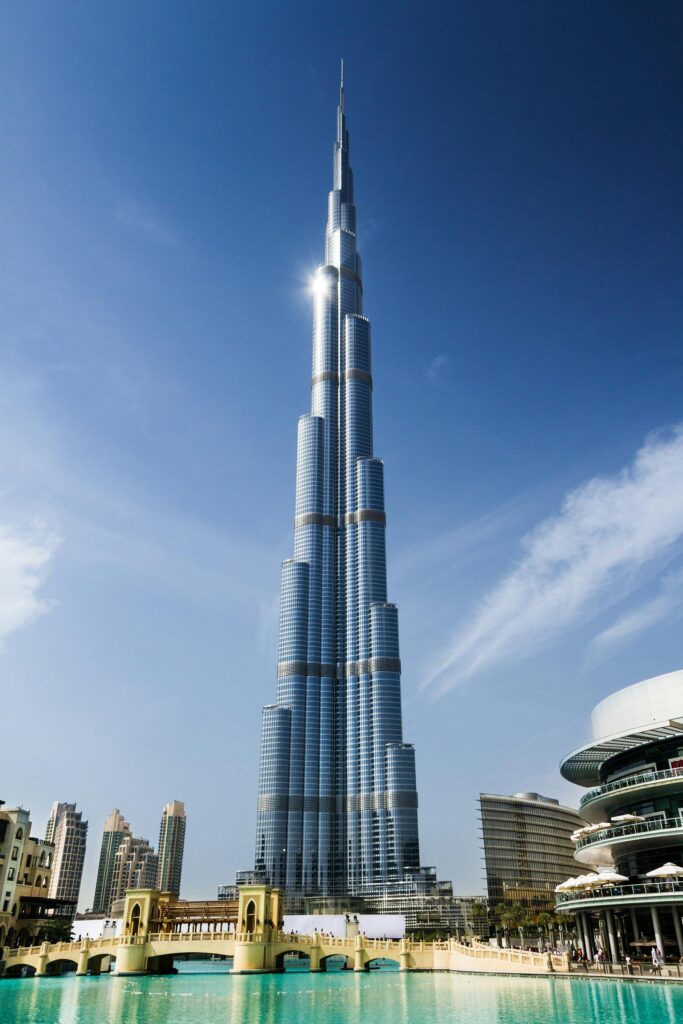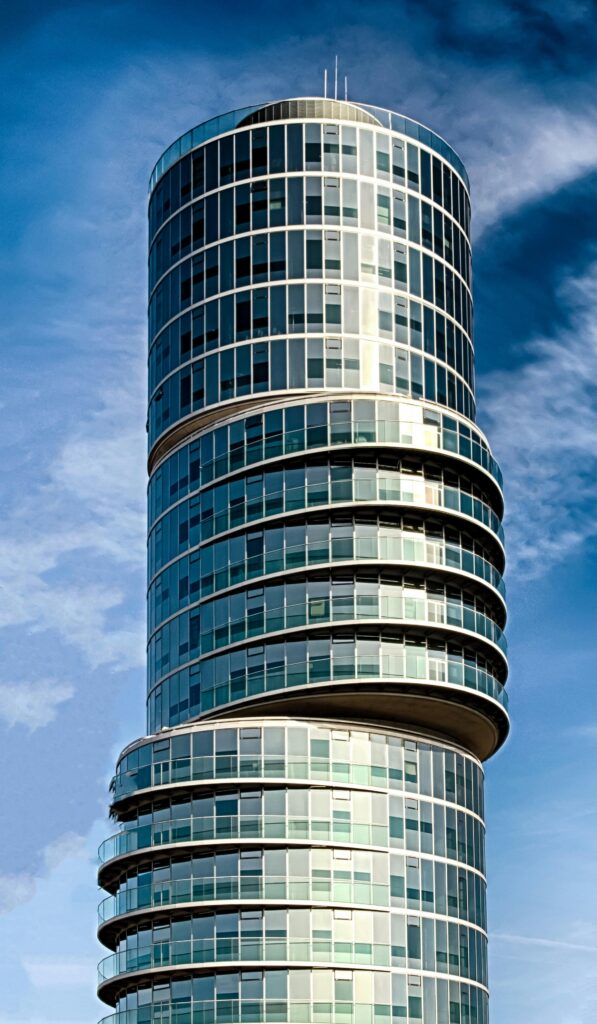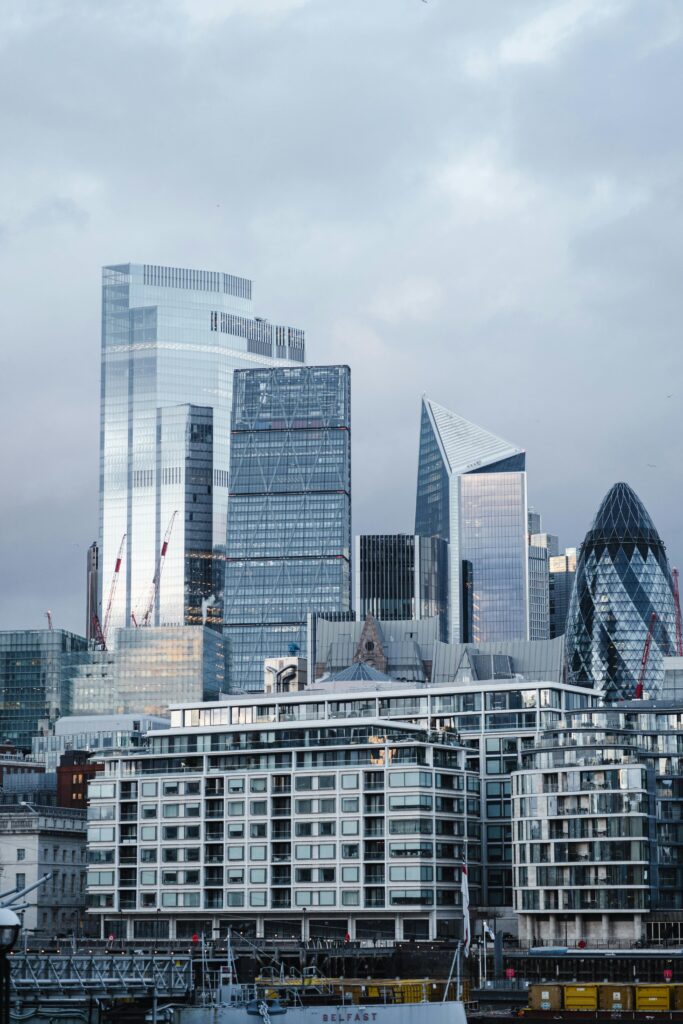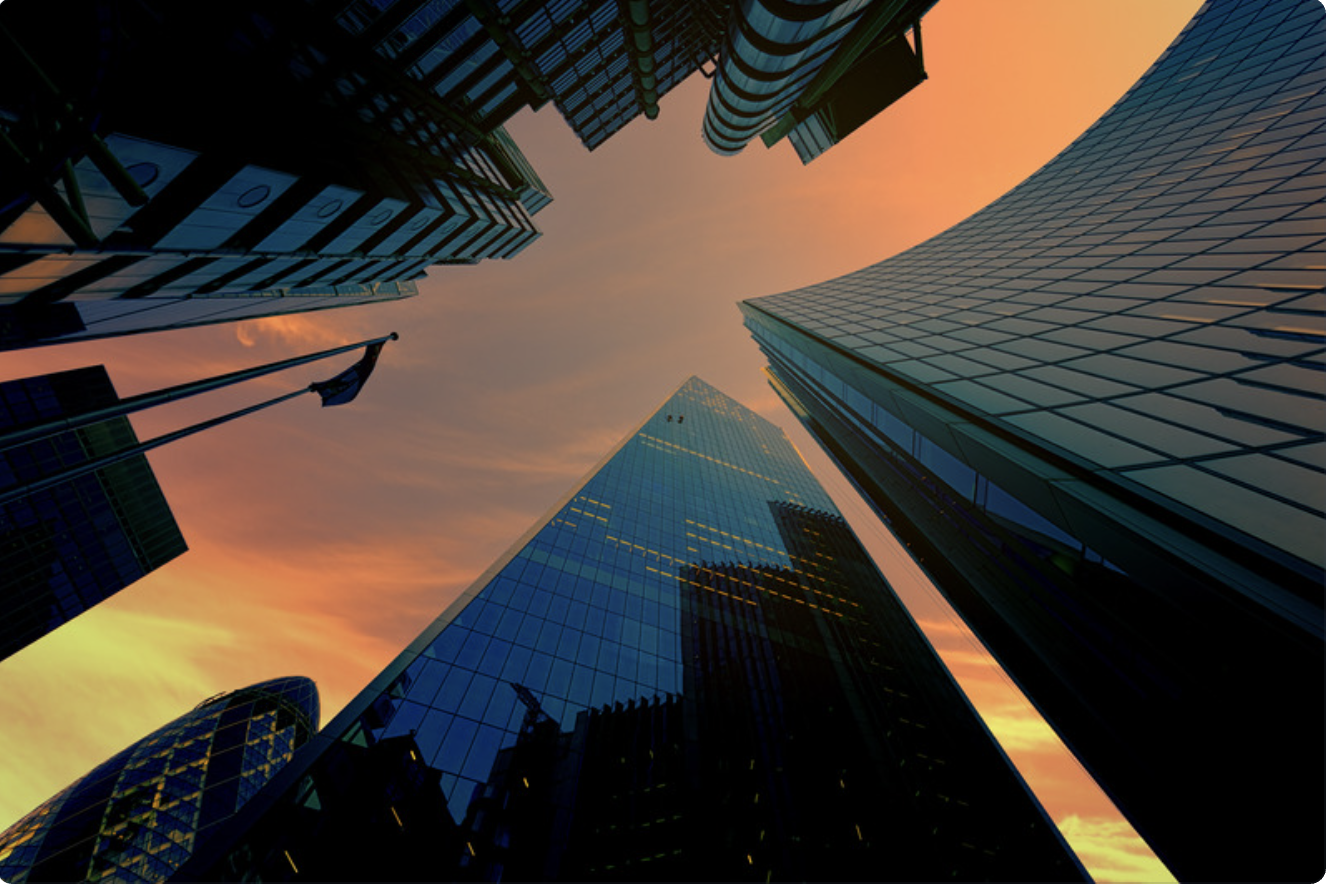As urban centers around the world continue to grow, skyscrapers have become symbols of innovation, efficiency, and progress. From their humble beginnings in the late 19th century to the awe-inspiring megastructures of today, skyscrapers are a testament to the advancements in construction, design, and technology.
The rise of skyscrapers has significantly shaped the way we think about cities and space. These towering structures provide cities with vertical expansion, enabling them to grow upwards instead of outwards. Skyscrapers maximize the use of limited urban space, allowing for high-density living and working environments. Their sheer size and presence can define the skyline of a city, making them symbols of economic power, technological innovation, and modernity.
This article will explore the evolution of skyscrapers, from their origins in the late 19th century to their current status as engineering marvels. We will examine the technological advancements, architectural challenges, and cultural significance of skyscrapers, while looking ahead to the future of vertical cities and beyond.
- Early beginnings: The birth of the skyscraper
- The rise of modern skyscrapers: The early 20th century
- Post-war innovation: The advent of superstructures
- Contemporary skyscrapers: Sustainability and advanced engineering
- The future of skyscrapers: Vertical cities and beyond
- Conclusion
Early beginnings: The birth of the skyscraper
The first true skyscrapers emerged in the late 19th century, marking a new era in architectural design. The Home Insurance Building in Chicago, built in 1885, is often credited as the world’s first skyscraper, standing at 10 stories tall. What made it revolutionary was its steel frame construction, which allowed the building to rise higher than any brick or stone building of the time. This innovation, using a metal framework rather than load-bearing walls, paved the way for future skyscrapers and forever changed the architectural landscape.
The rise of skyscrapers was made possible by key innovations in construction materials and techniques. The development of steel framing allowed buildings to grow taller and withstand greater loads. The introduction of elevators was another significant technological advancement, making it practical for people to travel between floors in tall buildings. Additionally, plate glass windows provided natural light and unobstructed views, adding to the appeal of high-rise buildings.
The early pioneers of skyscraper design faced numerous challenges, including structural stability, fire safety, and vertical transportation. At the time, cities had no building codes to address the risks of height, which led to the introduction of new technologies like fire-resistant materials and the use of fire escapes. The development of elevators was equally critical, as traditional stairways were too impractical for tall buildings. Overcoming these challenges laid the foundation for the tall, modern buildings that would follow.
The rise of modern skyscrapers: The early 20th century

In the early 20th century, cities like New York and Chicago experienced a skyscraper boom. The rapid growth of urban populations and the demand for office space led to the construction of taller and more complex buildings. Architects and engineers worked to push the boundaries of height, leading to the creation of iconic buildings that defined the urban landscape.
During this period, skyscrapers became symbols of progress and ambition. The Empire State Building, completed in 1931, stood as the tallest building in the world for nearly 40 years. With a height of 1,454 feet, it was a triumph of engineering and design, incorporating innovations like art deco styling, steel frame construction, and radio transmission towers. Similarly, the Chrysler Building, completed in 1930, became a symbol of American industrial prowess, showcasing a unique art deco design with its shining spire.
As skyscrapers grew taller, their design began to reflect the aesthetic movements of the time. The Art Deco style, with its sleek lines, bold shapes, and luxurious materials, became popular in the 1920s and 1930s. The Chrysler Building and Empire State Building are prime examples of this style. In the post-World War II period, the Streamline Moderne style emerged, characterized by clean, functional lines and a futuristic look. These design styles helped give skyscrapers their distinctive and iconic appearance.
Post-war innovation: The advent of superstructures
After World War II, skyscraper construction surged globally, driven by urbanization and the increasing need for high-density living and working spaces. In cities like New York, Tokyo, and London, the post-war period saw the rise of super-tall skyscrapers that were designed to accommodate the growing demand for office space in metropolitan areas. The introduction of high-tech building systems, including air conditioning, advanced elevators, and glass curtain walls, allowed buildings to reach new heights and achieve even greater functionality.
The 1950s and 1960s saw key technological advancements in skyscraper design. The development of reinforced concrete and high-strength steel allowed for even taller and stronger buildings. The use of climate control systems and ventilated facades helped create more comfortable environments in these towering structures. Additionally, the evolution of high-speed elevators made skyscrapers more efficient, allowing occupants to move quickly between floors and improving the overall functionality of high-rise buildings.
One of the most famous post-war skyscrapers was the John Hancock Center in Chicago, completed in 1969. At 1,127 feet tall, it was a pioneer of modern skyscraper design, incorporating a distinctive X-braced frame that provided structural support while creating a visually dynamic design. The Willis Tower (formerly known as the Sears Tower) in Chicago, completed in 1973, became the tallest building in the world at the time. These iconic structures marked the dawn of an era of super-tall skyscrapers that would redefine city skylines.
Contemporary skyscrapers: Sustainability and advanced engineering

Today’s skyscrapers are not only engineering marvels but also examples of sustainable design. As cities face the challenges of climate change, green architecture has become a priority. Modern skyscrapers are increasingly designed to minimize their environmental impact. The integration of solar panels, green roofs, energy-efficient systems, and rainwater harvesting allows these buildings to be more sustainable and energy-efficient. Additionally, skyscrapers are incorporating green building certifications such as LEED (Leadership in Energy and Environmental Design) to ensure they meet the highest environmental standards.
Contemporary skyscrapers make use of advanced construction materials such as carbon fiber, reinforced glass, and smart glass that regulate heat and light. These materials help skyscrapers reduce energy consumption while also increasing the strength and durability of the structures. Innovations like wind-resistant design, seismic technology, and dynamic facades allow buildings to withstand natural forces and remain resilient over time. These advances have led to the creation of some of the tallest and most efficient buildings in the world.
Examples of contemporary skyscrapers include the Burj Khalifa in Dubai, which stands at an astonishing 2,717 feet, making it the tallest building in the world. The Shanghai Tower in China, which reaches a height of 2,073 feet, is another modern marvel, incorporating a unique twisted design and sustainable features such as energy-efficient elevators and water conservation systems.
The future of skyscrapers: Vertical cities and beyond
The Future of Urban Design
The future of skyscrapers lies in the concept of vertical cities—urban environments that integrate residential, commercial, and recreational spaces in a single high-rise structure. As urban populations grow and land becomes scarce, skyscrapers are expected to become self-contained ecosystems. These buildings will house everything from offices and apartments to schools, healthcare facilities, and entertainment venues. The idea is to create urban spaces that function efficiently while minimizing environmental impact and offering a high quality of life.
Technological and Environmental Innovations
Future skyscrapers will continue to push the boundaries of engineering with self-sustaining technologies. Vertical farming, zero-energy buildings, and smart city technology will enable skyscrapers to generate their own resources and reduce reliance on outside infrastructure. For example, new designs may incorporate solar skins on building facades that can generate renewable energy, or high-tech materials that adjust based on weather conditions, maximizing energy efficiency.
Challenges and Opportunities
The development of skyscrapers will continue to face challenges related to height, structural integrity, and sustainability. However, these challenges will also bring new opportunities for innovation. Future skyscrapers will need to be even more resilient, efficient, and adaptable, incorporating new technologies and materials to meet the demands of increasingly dense urban populations.
Conclusion
The evolution of skyscrapers has been a journey marked by technological innovation, architectural vision, and the desire to overcome the limitations of horizontal city planning. From the first steel-frame buildings to the tallest and most energy-efficient skyscrapers of today, these engineering marvels continue to redefine the skyline of cities worldwide.
Skyscrapers are not just a testament to human ingenuity but also a reflection of the cities they inhabit. They symbolize progress, economic power, and the limitless potential of architecture and engineering. As we look toward the future, skyscrapers will continue to shape the way we live, work, and interact with the urban environment.
As cities grow taller and denser, the future of skyscrapers will be defined by sustainability, resilience, and smart technology. Vertical cities and self-sustaining skyscrapers will likely become the standard, offering solutions to the challenges of modern urban life. The evolution of skyscrapers is far from over, and as engineering and architectural innovations continue, so too will the creation of taller, smarter, and more sustainable urban landmarks.








